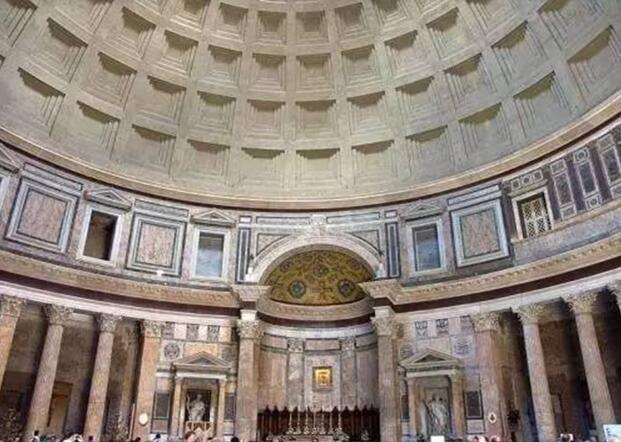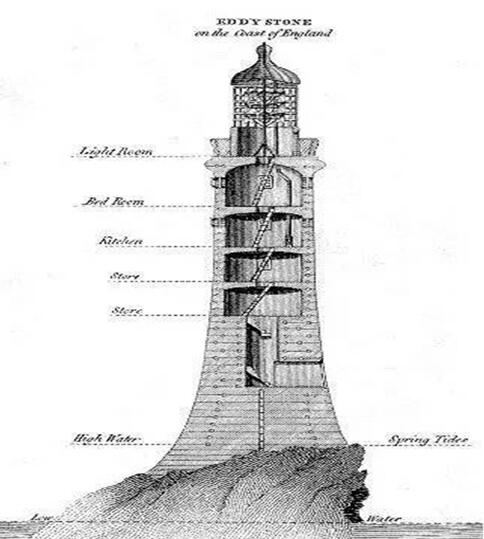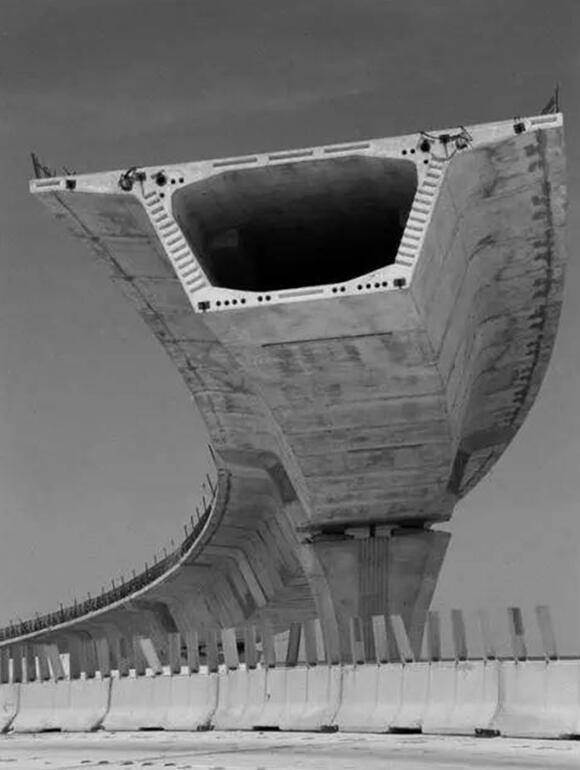How can we help you
Ancient Roman Concrete 3rd century BC
The origin of concrete can be traced back to ancient Rome in the 3rd century BC. The ancient Romans accidentally discovered that natural volcanic ash added into natural sandstone and limestone and mixed them together to form mortar. After hardening, it had high strength and can be used as filling material for masonry vault and wall. In the historical relics of ancient Rome, we could see that the collapsed blocks were firmly connected together. If the blocks were compared to coarse aggregate, this was the rudiment of ancient concrete. Due to the use of natural volcanic ash cement, ancient Roman concrete had better durability than modern concrete. Even after two thousand years of wind, frost, rain and snow, it was still strong and intact. The famous Pyramid was the earliest existing concrete structure.

Portland Cement 1824
In 1756, when the British engineer John Smeaton built the lighthouse, he accidentally discovered that mixing clay and limestone in an appropriate ratio can achieve high strength. This practice quickly spread throughout Europe and everyone suit.

In 1824-1840, Joseph Aspdin and William Aspdin summarized the method of mixing and calcining lime, clay, slag and other proportions into "cement". Since the color and strength of cement hardened are similar to those of natural stone on the British island of Portland, people called it "Portland Cement", and they also applied for a patent for this discovery, which was also marked the invention of cement. The earliest large-scale application of "Portland Cement" was the construction of a tunnel through the bottom of the Thames. France and Germany built cement manufacturing plants in 1840 and 1855 respectively, and then cement was quickly promoted and used all over the world.
Reinforced Concrete 1849
In 1849, French gardener Joseph Monier combined iron wire with concrete to make flower pots, which solved the problem of low tensile strength of concrete, and demonstrated his new invention at the Paris Exposition in 1867. Since then, he had successively invented steel-reinforced concrete pipes, water tanks, and curtain wall panels. And in 1875, he designed the first steel-reinforced concrete bridge. Monier applied for a patent for structural concrete in 1877. The method of putting the vertical bars and horizontal bars to form a frame and pouring concrete on the surface is still used today.
In 1890, French engineer François Hennebique was inspired by Monier and applied this combination of materials to the field of construction. And he also obtained the monopoly on the construction method of reinforced concrete, which could use wooden formwork for on-site pouring. He invented a complete reinforced concrete building construction system in 1892, which caused a shock in the civil engineering community at that time.
Prestressed Concrete 1888
Soon after the application of reinforced concrete in the field of construction, American engineer P.H. Jackson proposed the concept of prestressed concrete in 1888, but the initial attempt was not successful. The low-strength steel bars limit the prestress value, and the smaller prestress is quickly lost after the concrete creeps and shrinks.
In 1928, French engineer E. Freyssinet proposed that high-strength steel and high-strength concrete must be used to reduce the impact of prestress loss. He took the lead in applying high-strength steel wire with ultimate strength of 1725MPa. Later, E. Freyssinet and G. Magnel respectively invented cone anchors and wheat-type wedge anchors, which were used in post-tensioning prestressing process. E. Hoyer has developed a pre-tensioning process that does not rely on anchors to produce small pre-stressed concrete components in factories.
In 1950, the International Prestressed Concrete Association FIP was established. Taking advantage of the opportunity of post-war reconstruction, prestressed concrete structures replaced steel structures in large numbers, which promoted the vigorous development of its theory and technology.
In 1956, Mr. Lin Tongyan completed the classic book "Design of Prestressed Concrete Structures" and proposed the theory of "load balance method". He regarded prestress as another load on the component that tried to balance with the external load, simplifying the analysis of prestressed structures. He put the theory of prestress into practice in many bridge construction and gained the reputation of "Mr. Prestress".
Prestressed reinforced concrete technology is considered to be one of the most important advances in the development of concrete, and it creates an ideal combination of materials.

In the mid-to-late 19th century, the Qing Dynasty’s Westernization School progressives set off a climax of learning Western advanced industrial technology and built China’s first cement plant in Shanghai. At that time, cement was called " Western cement ".
At the end of the 19th century and the beginning of the 20th century, China began to have reinforced concrete buildings, such as the Bund in Shanghai and the ShaMian in Guangzhou, but the scale of the project was small and the number of buildings was also very small. After liberation, China had carried out large-scale socialist construction on the basis of backward national economy. With the development of engineering construction and China’s further reform and opening up, concrete structures have been rapidly developed and widely used in various engineering constructions in our country.
At the end of the 20th century, specialized concrete enterprises that concentrated mixing appeared, which ensured the supply for mixing materials of concrete in pumping concrete construction. In 1978, China built the first concrete mixing plant in Changzhou City, Jiangsu Province. After the Third Plenary Session of the Eleventh Central Committee, China has established the basic national policy of economic reform and opening up, urban construction has advanced by leaps and bounds, and concrete mixing plants have sprung up in coastal areas.